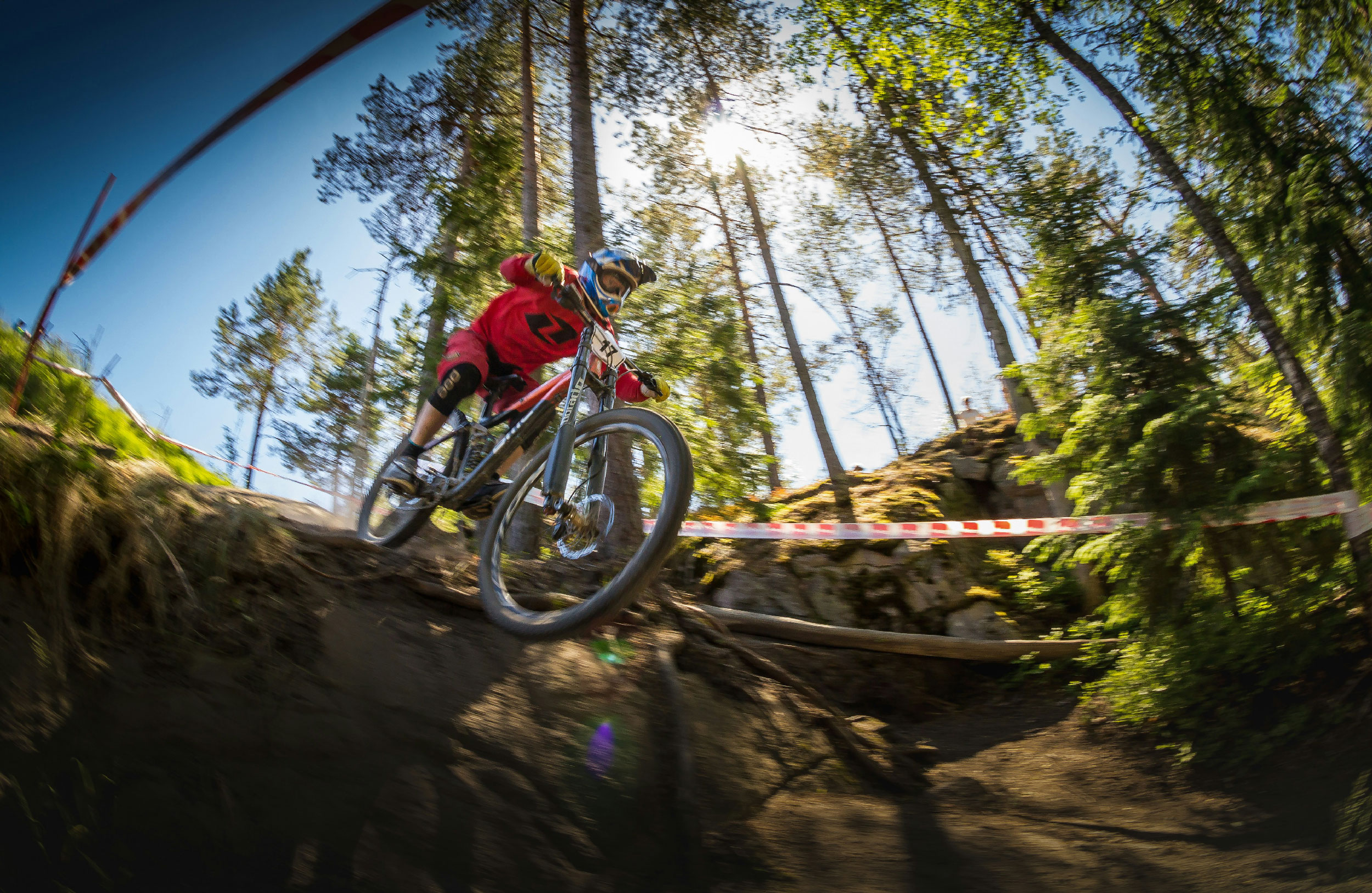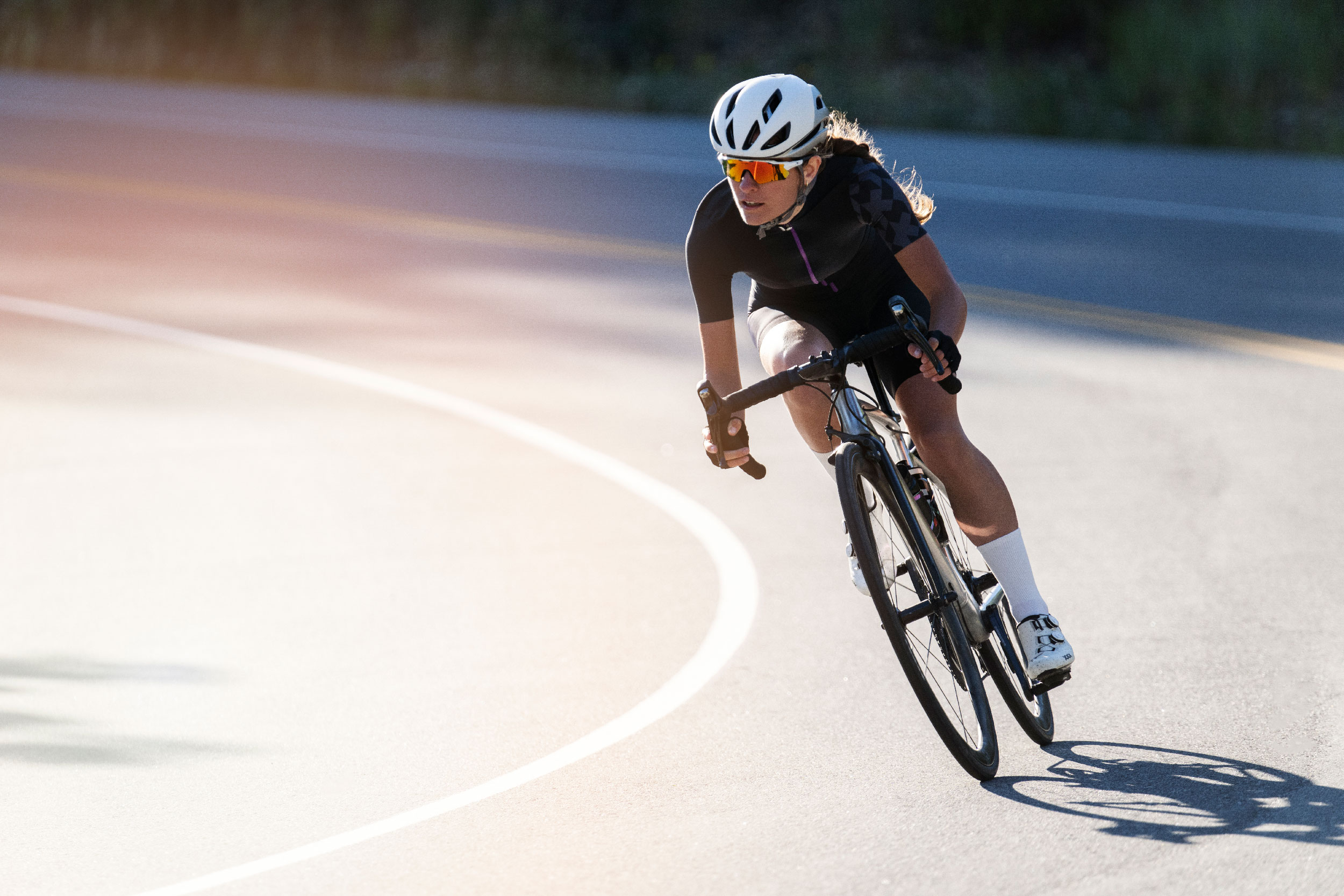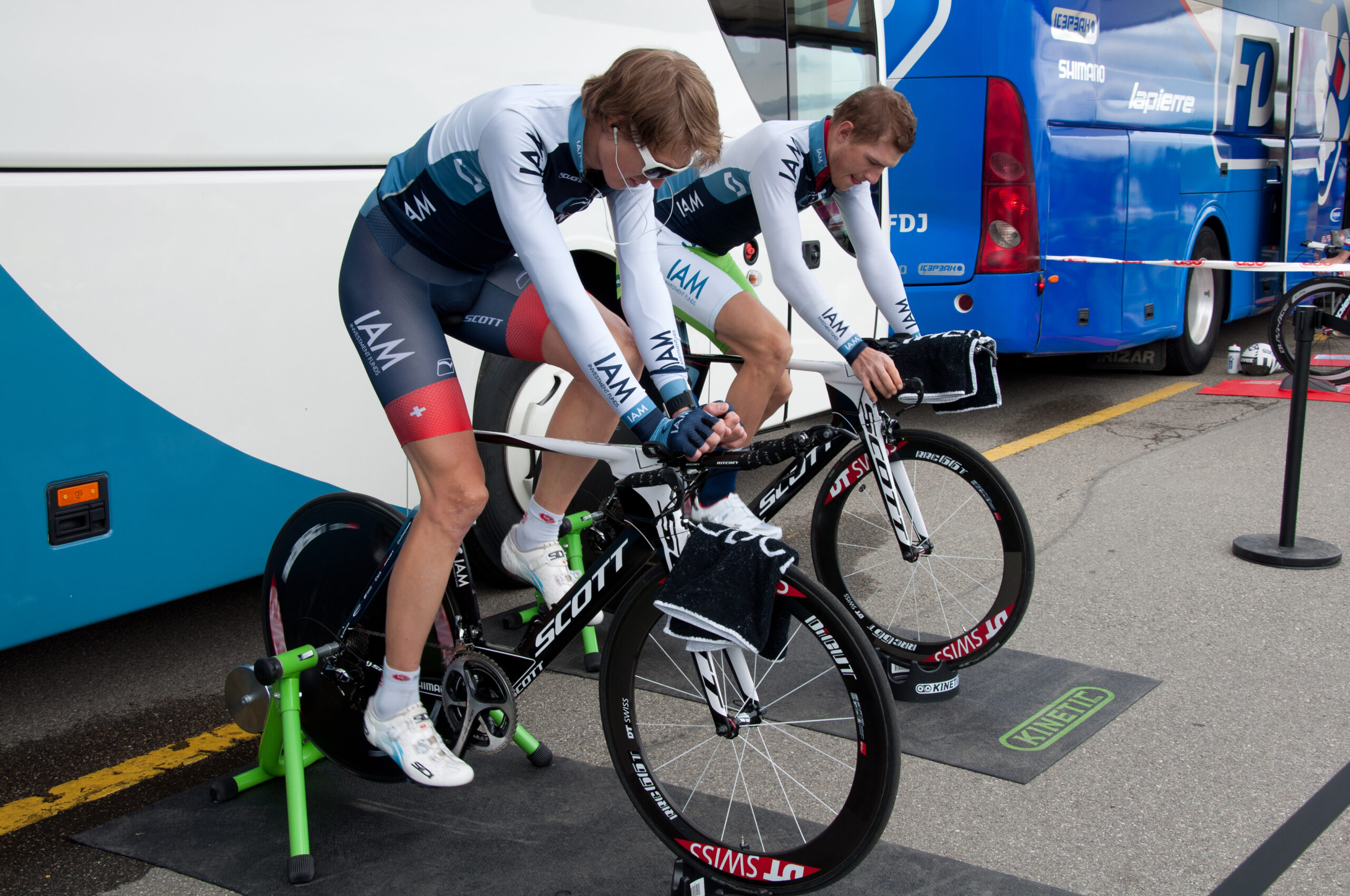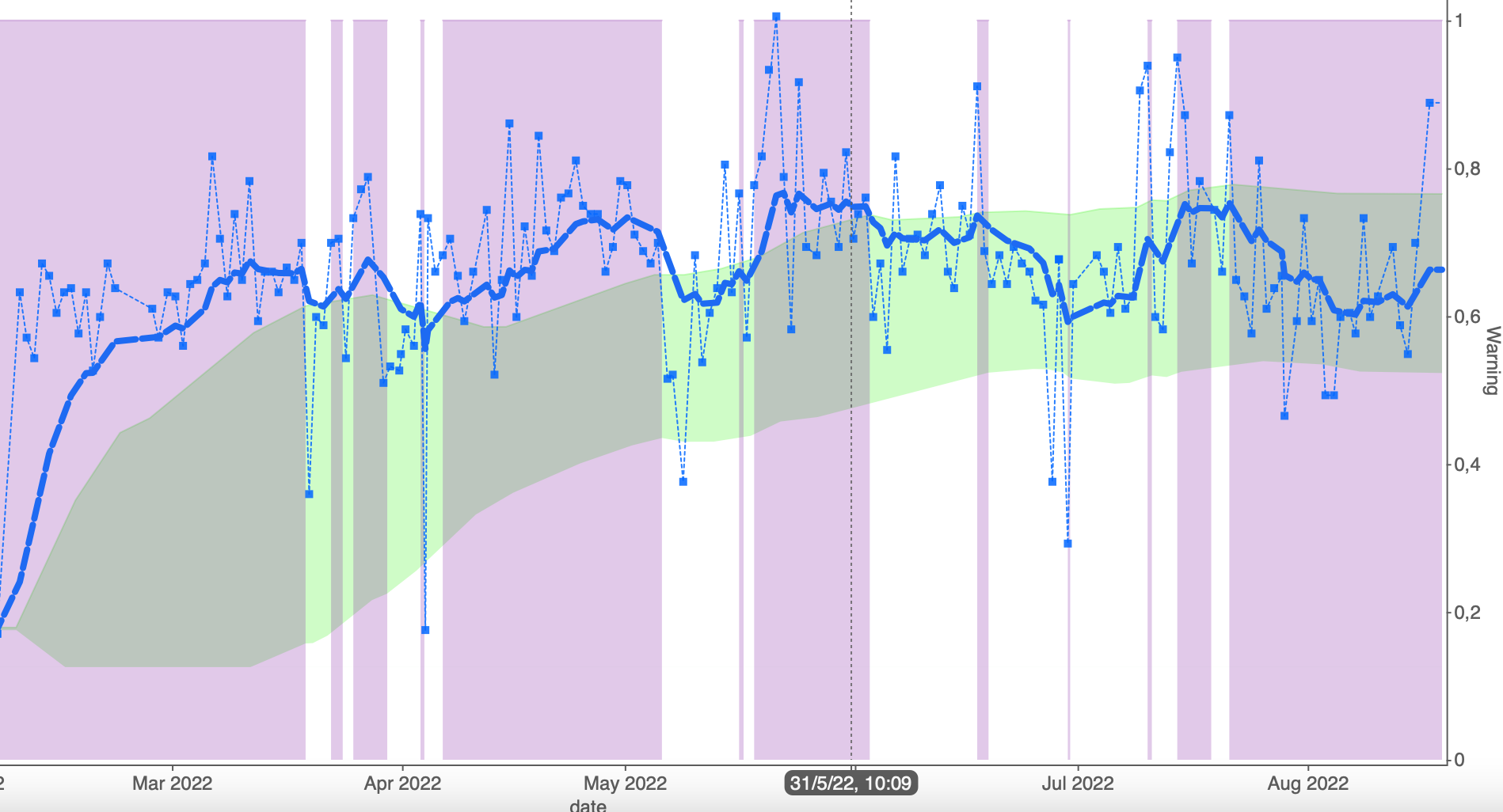
We are in the competitive period, How should it be?
We are already in it, It's the moment we're all waiting for., time to demonstrate everything we have been training in hours, days, weeks, months... we are in the phase or period of the year where at this point (the middle of May) surely every cyclist (biker or road) is immersed in fulfilling their calendar of tests scheduled at the beginning of the season, or that have been added, depending on the results and motivations of the athlete.
We will therefore talk about the competitive period, related very directly to our previous entry ontapering
In any case and to start, We would like to summarize what the main objectives of this period in the XCO or road cyclist season should be:
- Maximize performance.
- Recover for future training and/or competitions.
- Keep the runner's motivation high.
These would be some of the main objectives of said period but to summarize and synthesize a little, We must achieve the best possible results within the available margin of preparation imposed by the calendar., where there are more and more races and these place a burden on us in terms of physical and mental fatigue as the season progresses.
It is for this reason, that in this period we should really focus on rest, especially if we already have many races on our calendar, but at the same time work on intensity to keep our physical condition high. This is not the time for long-term training, quite the opposite, with a certain intensity and of medium-low duration (of 60 a 120 minutes), seeking rapid recovery and assimilation of the workload by the cyclist.
Based on recovery There are several elements within our reach that can help us:
- Stretches for rapid restoration at the muscle level.
- Sauna For some athletes, spending a few minutes in a dry sauna speeds up recovery.
- Massage given by a professional therapist for rapid recovery at the muscle level, the use of electrostimulation can help us in this sense.
- A good restful sleep to relax our body and prepare it for the next day of training and work.
All these methods allow us to accelerate the recovery process and return to training or competing in the best possible conditions..
How to train in this period?
I suppose you will be waiting a bit for the “keys” or ways to maintain and improve your form in said period., something easy but sometimes it is difficult for us to understand or know how to apply it.
In said period, We will rely on applying specific exercises of our modality (Mountain Bike or road), working most of the sessions with the bike that we will use to compete, thus giving specificity in the training load and at the same time, at high intensity in some of the sessions, always respecting rest passively (without training) or active (60-65% of max. HR) between sessions and/or competitions.
And the other question is: Intensity Work What should your intensity be like?
First of all we must analyze our XCO races, checking that our body in these tests is between a 70 and a 90% at the anaerobic subthreshold rate, That is why we should focus on working this area (85-90% of max. HR) with fractional or continuous work between 8 a 20 minutes, respecting equal rest times, inferior or superior. In terms of training it would be our aerobic power.
It is in said work area where the sensations at the moment when we are working within it, Our legs begin to tell us that something is “heavy” on them., This is the increase in the concentration of lactate in our muscles that intervene in pedaling..
All this work can be done uphill, working simultaneously with force or on the flat, simultaneous speed work on it. The other option that I propose is the design of circuits made for ourselves, thus simulating in this case a circuit as real as possible of XCO, resembling the XCO race situation as much as possible.
On the other hand, We must not abandon the work of ouranaerobic capacity (90 – 100% FC max.), important in many moments of our XCO test of the weekend.
Within our anaerobic capacity (we will talk about it in future articles), We will distinguish different metabolic pathways:lactic anaerobic and alactic anaerobic, depending on the production of energy per unit of time and the production of less or more lactate at the muscle level.
This anaerobic capacity and power must be worked on in a fractional manner., giving a very high effort to our body on a physical and psychological level. Sometimes, working in the case of alactic metabolism in short intervals and less than 30 or even 20'', giving more duration over time in the second typology (lactic) becoming 60 o 120’’.
In the first case the recovery (alactic) will be from one minute to two minutes., On the other hand, in the case of the anaerobic lactic pathway, recovery will be longer, of 3 a 5 minutes between repetitions, giving our body time to “clear” the lactate accumulated in the legs.
As a general conclusion we will say that work routes must be prioritized based on the proximity of the race., the fatigue of the cyclist and his/her motivation to carry out said work, always respecting rest, basic in the competitive period as we have mentioned previously…. That is to say, recover well between competitions and above all, Enjoy them as well as your quality training!
Sleep and aerobic performance
It is already known to many that sleep influences the performance of the endurance athlete or anyone.
Mechanical efficiency
Mechanical efficiency is the relationship between useful energy and energy consumed, in other pa
Digging deeper into heart rate variability
In this new blog entry we will take up the thread of one of our first posts on the blog.





